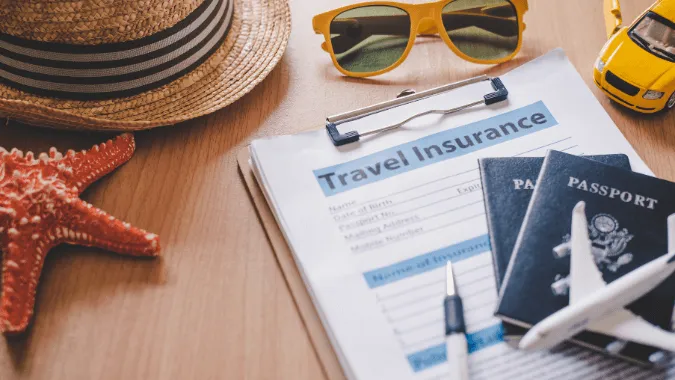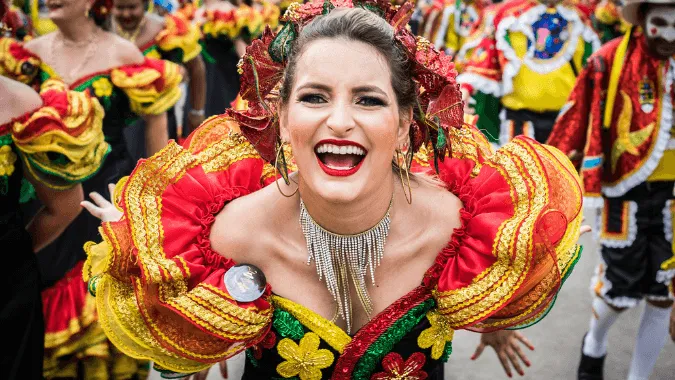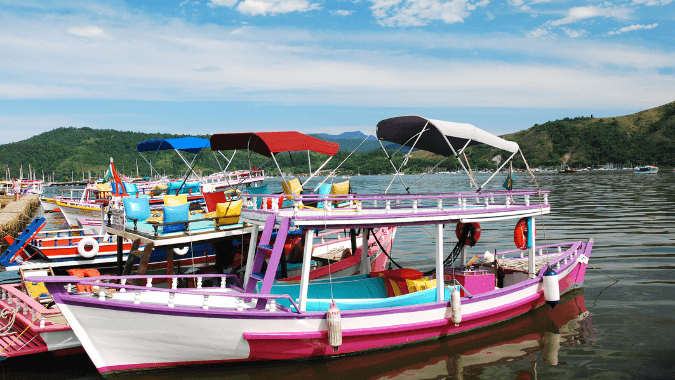Nature & Adventure
Tips to visit Península Valdés on your winter vacations
Tags:
Whales, sea lions and elephant seals, Magellanic penguins, orcas and dolphins, not to mention hundreds of birds, meet every year on the northwest coast of Chubut with impeccable punctuality from June onwards and for the sole purpose of mating, nursing their young and feeding. Welcome to the Peninsula Valdes! Few places in the world are as accessible and concentrate such a rich fauna as the Valdes Peninsula. It is a must for photographic safari enthusiasts and animal lovers, and an ideal destination to travel with the whole family. The Valdes Peninsula is a 4,000 km2 protected reserve recognized as a UNESCO World Heritage Site. The excursion is one of the most popular from Puerto Madryn. ![]()
![]()
![]()
![]()

The Valdes Peninsula is recognized as a World Heritage Site by UNESCO. / Photo: Stefano Pepe Iacovino, canva pro
What to do in Península Valdés?
If you are thinking of traveling to this beautiful region during your winter vacations, here is a list of things you must do to enjoy Península Valdés in style.1- Carlos Ameghino Isthmus Visitor's Center
It is an ideal place to start the tour. It is located near the entrance to the peninsula. There you can see a huge skeleton of a southern right whale of about 11.4 meters. It also has a large interactive map of the peninsula and a projection room with videos about the reserve and its characteristics.
The Carlos Ameghino Isthmus Visitor Center has the necessary information to enter the Protected Area and learn more about the fauna, flora, history and prehistory of the place. / Photo: Source
2- Kayaking and catamaran rides
Also in winter, in the resorts of Puerto Madryn kayaking trips are coordinated in the Golfo Nuevo, windsurfing lessons, stand up paddle and even stand up yoga, provided that sea conditions allow it. Travel tip: To visit the Valdes Peninsula, rather than in Puerto Madryn, stay in Puerto Piramides, right on the coast and in the heart of the peninsula.3- Right whales and killer whales watching
Home to an incredible variety of animal and plant species, which circulate throughout the year, it has become very famous thanks to one of its most illustrious visitors: the southern right whale (Eubalaena australis). Among them, more than 500 whales arrive every year to the Peninsula to give birth to their calves. The right whales are the main attraction of the place, but that's not all. Surely you have heard of the northern tip of the Valdes Peninsula because of a very particular attraction: the orcas (killer whales). They are well known for skirting the beaches and catching an elephant seal on occasion. It's hard to see them, but you might get lucky. Travel tip: Close your adventure with a flourish by watching the fascinating whales swim, who from March to December navigate these waters.4- Visit Puerto Pirámides
Puerto Pirámides, the only town within the Valdés Peninsula, is a place where tourists can find a beautiful beach, surrounded by bars and restaurants, known for being the favorite spot for outdoor activities such as kite surfing or whale watching. Travel tip: Ask at the office of Puerto Pirámides which is the tide schedule, as it influences the animals we can see. For example, at low tide the animals are usually farther away; or in the orca season, they come closer to the shore at high tide.
Whale watching from sailing in Puerto Pirámides/ Photo: pvcrossi, canva pro
5- Visit El Doradillo Beach
El Doradillo beach is a unique spectacle in the world. The beach, which is free and free of charge, is so deep that a few meters from the shore, it looks like the whales are about to beach themselves. Many tourists, who know little about this phenomenon, watch with fear, thinking that the whale is in danger, but nothing could be further from this. El Doradillo is one of the best places to see up close the courtship routines, births and how the mother whales teach their calves to swim from one end of the beach to the other. Travel tip: Beyond watching from the boats, we recommend you to go to El Doradillo, have a picnic, drink some mates and let nature do its magic. While touring the Valdes Peninsula, you will have the opportunity to observe a great variety of Patagonian wildlife. From large animals such as rheas, guanacos and maras; to a variety of birds totaling at least 181 species, 66 of which are migratory, including the White Heron.What to pack?
The temperature during the day and night is cold, although the snow does not reach Puerto Madryn because it is by the sea. The most important environmental phenomenon is the strong coastal winds. That is why we recommend you to bring a good coat, a jacket, appropriate footwear for outdoor activities and a hat or cap, especially when the idea is to take an open-air tour such as whale watching. Travel tip: Explore all the whale watching tours in the Peninsula Valdes that Daytours4u has for you!Useful Information:
- On much of the tour there is no cell phone signal. The only place you are sure to find it is in Puerto Pirámides.
- The road is paved from Puerto Madryn to Puerto Pirámides, but in the interior of the peninsula it is gravel, so we advise you to drive with the care that this type of road requires.
- In Puerto Pirámides it is recommended to refuel and stock up on water.
- We recommend that you rent a car to be able to move around freely, because the peninsula is quite extensive and the trips can be a bit long from one end to the other, otherwise by bus!

The Valdes Peninsula will seduce you by the variety of its fauna, but also by its lunar landscape, virgin and arid, its dunes and cliffs facing the ocean. / Photo: mclaudiabr22, canva pro
One last piece of advice? Listen.
Yes, close your eyes and listen. Listen to the sounds that the wind makes when it hits the different plant formations. Listen to the animal's footsteps. Listen to the flow of the sea or rivers. Listen to the communication between birds. Try to close your eyes and listen. And, above all, listen to the silence.Enjoy with Daytours4u an exclusive whale watching tour in Puerto Madryn, travel the Valdes Peninsula from end to end and surround yourself with the most native nature of the region, give yourself the privilege of witnessing one of the largest animals of the sea in their natural habitat, the fascinating southern right whales.
By: Nathaly Bosch, social communicator by profession and curious traveler by choice. Spanish editor for Daytours4u.
Tags:
Search
-
Exciting 4x4 route: São Luís and FortalezafromUS$1,014
-
Vila Gale Mares Resort All InclusivefromUS$100
-
Ecotourism in Chapada DiamantinafromUS$672
-
All inclusive Vila Gelé Cumbuco ResortfromUS$999
-
Full Day Cafayate Tour from SaltafromUS$68
-
Transfer Aeroparque - Buenos AiresfromUS$46
-
-
Transfer Ezeiza - AeroparquefromUS$91
-
-
Excursion to El Chaltén from El CalafatefromUS$153
-
-
-
-
-
-
-
-
-
-
-
Daytours4u © 2012-2019. Use of this website constitutes acceptance of the Terms & Conditions.
Open Chat
Hello, How May I Help You?



